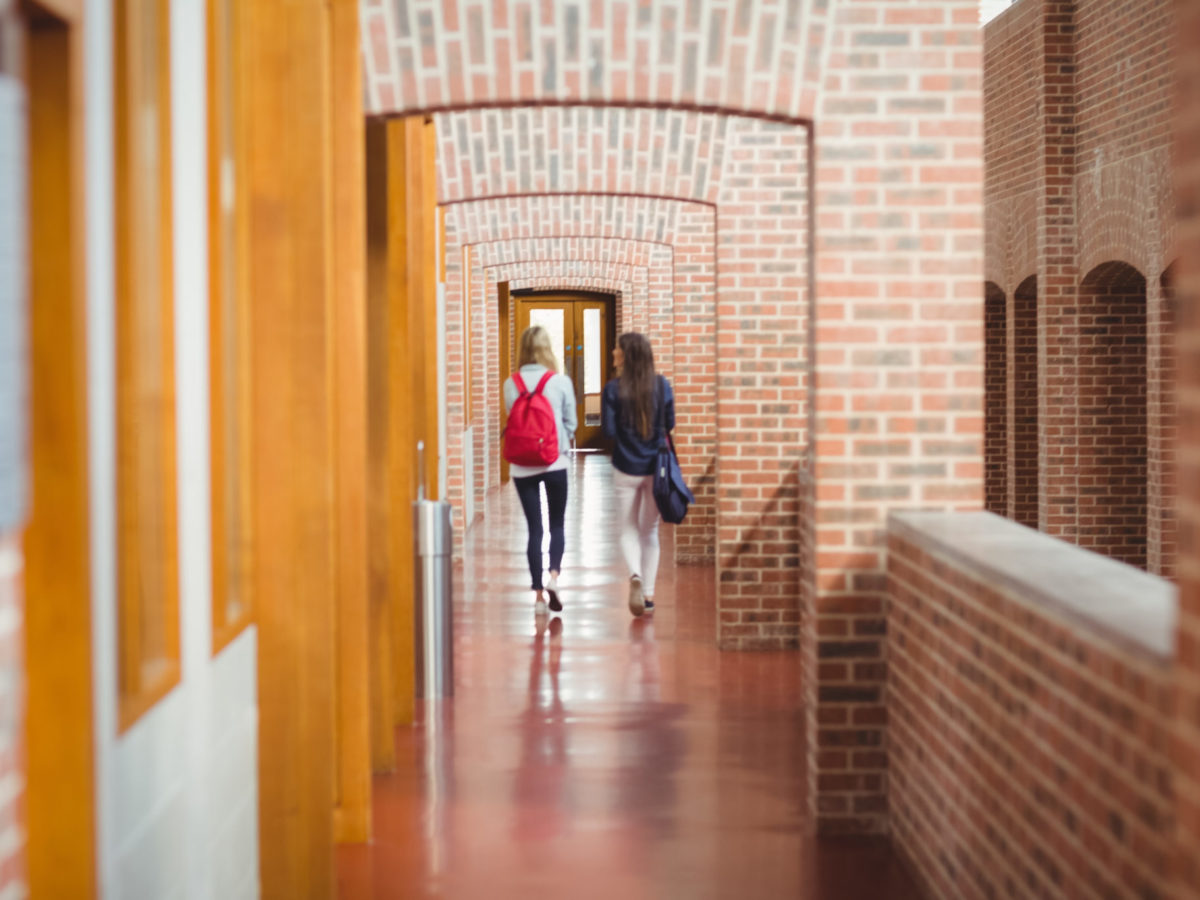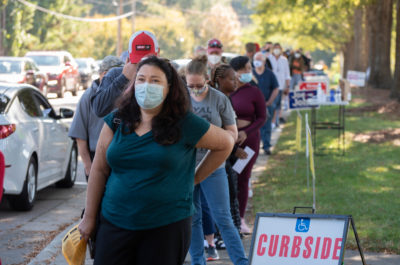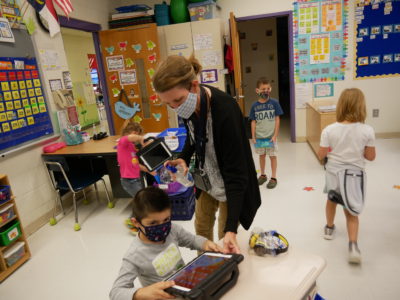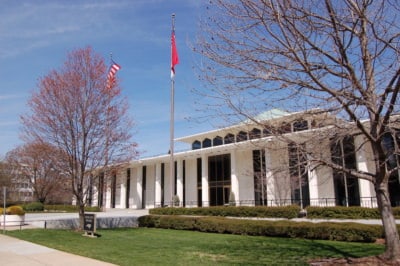
My father earned a diploma when he completed the 11th grade at his rural high school on the fringe of the Mississippi Delta. For the teenagers of Bunkie, Louisiana, during the Great Depression, public schooling offered only 11 grades.
Still, across the nation, enrollment mushroomed during the 1930s. The dearth of jobs, combined with the earlier enactment of child labor laws, propelled young people into high schools.
By the time I entered the 9th grade in Baton Rouge in the early 1960s, the American high school movement of the first half of the 20th Century had resulted in comprehensive high schools, with graduation upon completion of the 12th grade, established as a standard feature of cities, suburbs, and rural communities.
“The ambitious attempt to deliver mass secondary education has become known as the American high school movement, and ‘American’ it surely was—from its democratic underpinnings and grass-roots organization to its inspiring, yet sobering, legacy,” Paul Beston, managing editor of City Journal, the magazine of the conservative Manhattan Institute, has written. “The movement helped propel the United States into world leadership, but the institution of the high school would reflect key conflicts that have defined American education ever since.”
From Little Rock to Baton Rouge to Raleigh, high schools felt the influence of the 1954 Brown v. Board desegregation ruling and the subsequent civil rights movement. The Soviet Union’s launching of Sputnik in 1957 led to anxiety over the U.S. losing the education race to its rival. In my senior year, I had a combined trigonometry-physics course in a solid block. In a widespread practice of its era, students in my high school were divided into academic, vocational, and general studies tracks.
As the 21st Century arrived with an economy in need of more high-skill talent, dissatisfaction arose over public schools designed for a fading farm-and-factory era. In its 2004 State of the South (of which I was a co-author), commemorating the 50th anniversary of the Brown ruling, MDC, the Durham-based research nonprofit, called on states to “align high school curriculum with the requirements of the emerging economy and postsecondary education.” And the report quoted the late William Winter, former governor of Mississippi, as saying:
“Discrimination is not limited to race. The line that separates the well-educated from the poorly educated is the harshest fault line of all … the only road out of poverty runs by the schoolhouse.”
To its credit over recent years, North Carolina has produced an array of high schools of high quality that break the old mold — magnet schools, charter schools, early college high schools, and the School of Science and Mathematics. And yet, as the long-running Leandro case has documented, inequities rooted in history and public financing remain, even as the state needs more young people educated or trained beyond high school.
The history of U.S. high schooling is a fascinating and complex tale of different perceptions of students’ capacities to learn, of a cycle of studies and commissions raising alarm, of evolution in response to societal and economic needs. The point of my brief reminiscences and reflections is to suggest that another inflection point is upon us. Closed abruptly last March as the coronavirus spread, high schools are now reopening in stages. After reopening, then what?
It’s important that North Carolina not get discouraged but rather invest in its public high schools — their administrators and educators — as they figure out how to respond to post-pandemic realities. Big issues loom: how to restore engagement in schools by students and parents after months of virtual instruction, how to refigure day-to-day classes with students now accustomed to their laptops, how to schedule catch-up instruction to offset learning loss, how to think anew about testing and assessments of educational quality.
All in all, the modern high school appears clearly better than the high schools of my dad’s generation and of my own 1960s experience. Perhaps the fate of high schools is always to be catching up, adjusting, retuning: better than ever, but still not good enough. High schools will inevitably face the challenges of reconfiguring in response to societal traumas like the pandemic, the demands of preserving democracy, and the advances in science and technology — always a work in progress.
Recommended reading



